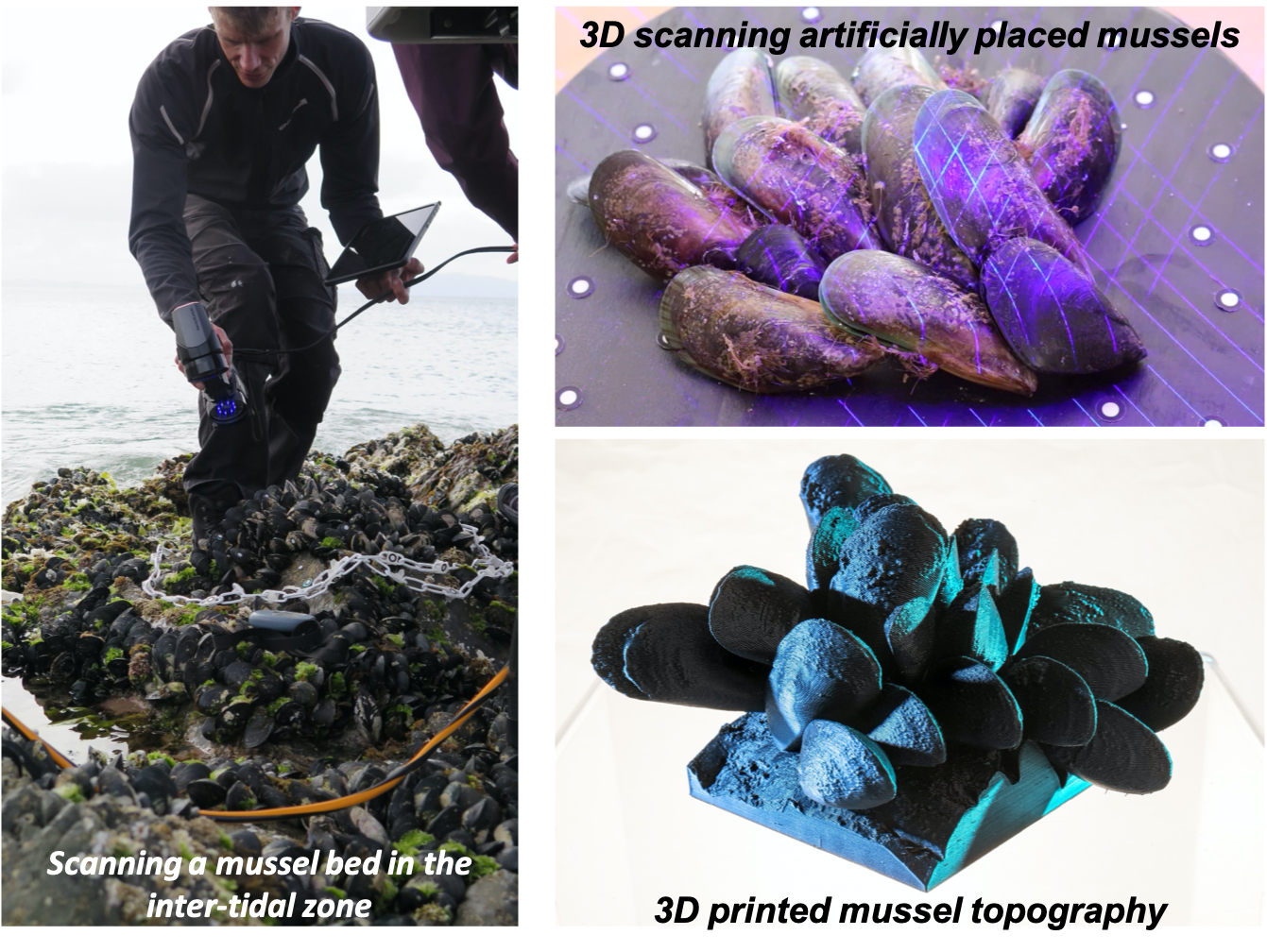3D scanning is used to produce accurate 3D models of objects. Some hand-held scanners can pick up extremely fine detail and surface texture, with dimensional accuracy of 0.1mm. Some scanners can record colour too. 3D scanning can be used for a range of applications. It can be used to reverse engineer a part, or it can also be used for reproduction; for example if a designer needs to design something to fit with an existing part, the existing part could be scanned and used in the CAD design.
3D scanning works by projecting light onto a surface and sensing the light that returns to the scanner. Along with positional information (where the scanner is in 3D space) a solid model can be built up. 3D scanning has some limitations. Since it relies on light being reflected to the scanner, it is currently not possible to scan deep within crevices, since not much light is reflected out to the scanner. Similarly, some surface finishes do not scan reliably, such as highly reflective surfaces.
The possibilities of 3D scanning are almost endless. A novel example of how a 3D scanner has been used at Scion, is a project where the habitat of green lipped mussels has been scanned and then reproduced using a 3D printer, as part of the Marine Biosecurity Toolbox programme, led by Cawthron Institute in New Zealand. The data was used to characterise the physical features of the mussels’ habitat. This work would not have been possible without 3D scanning, as the quality and the speed at which data can be captured is unparalleled.
